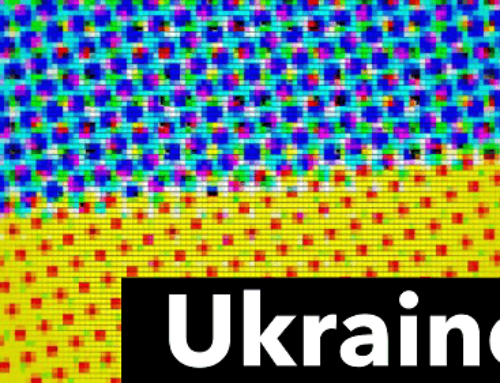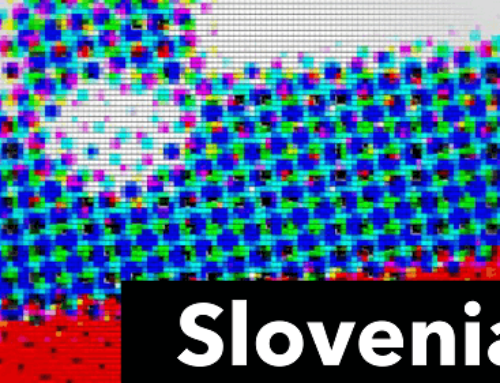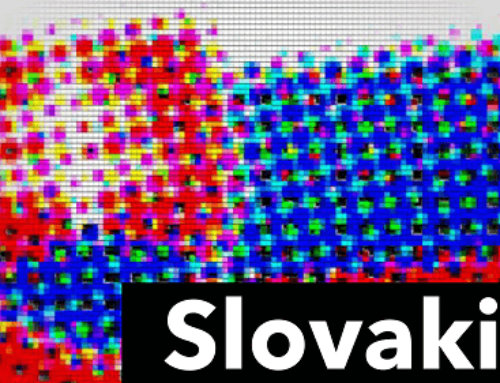Greece, a country in south-eastern Europe with a population of 10 million people, has been considered the birthplace of democracy since ancient times. Despite, the country has repeatedly struggled with political and economic stability. The following report shall give a brief analysis of the structures in the country.
History of Greece since World War I
After the First World War there was great political instability in Greece: during 12 years there were a total of 11 different governments and several coup attempts. In 1936 there was even a coup d’état that resulted in the establishment of a totalitarian political system. During World War II, Greece was a strategic target for various major powers – Italy, Bulgaria, Great Britain, and Turkey all had an interest in occupying the country (by sea). The result were constant political unrest and little stability which peaked in a civil war in 1949. Since then, however, Greece has sought to join the western community of states. With success: in 1952 the country became a member of the NATO. Domestically, however, Greece was still a totalitarian system with censorship, a strong army and the continued important role of the monarchy. This was only canceled in the 1970s after a referendum. The constitution came into force in 1975. [1]
Political system
The President, as head of state, forms the executive branch of the country together with the government. He is elected by the Parliament every five years and has a rather representative role. In addition to representative activities, he can overrule the majority in parliament with a veto vote or dissolve the government by means of a non-confidence vote. Since 2020, Katerina Sakellaropoulou became the first female president. The government (=council of ministers) consists of the prime minister and his subordinate ministers. The party leader of the largest parliamentary group provides his prime minister. Kyriakos Mitsotakis from the ND (“Nea Demokratia”) party has been in office since 2019 and is responsible for all important government agendas. [2] The parliament consists of one chamber but has a total of 300 seats. 288 of them are elected in constituencies, 12 via national lists. In addition, there is proportional representation, which gives the party with the most votes an additional 50 seats in parliament. Parliament has only a limited right of initiative and votes on government bills. In addition to the ND party, the coalition of the radical left also plays an important role, as well as the parties PASOK, KA (Movement for Change), Kommounistikó and EL (Greek Solution). [3]
Economic and sovereign debt crisis in Greece
Greece is known for its financial and national debt crisis in 2008. There was a massive unemployment rate, wage cuts and high foreign debt. Greece was no longer able to meet various requirements of the EU Commission, which is why a three-year aid package was set up to help the country from this crisis. Salary cuts and the dismantling of administrations were the result. Nonetheless, the country was declared bankrupt in July 2011. This was followed by numerous other aid packages and investments from the EU, which allowed the economy to recover to some extent. Today, despite the rather slow growth, Greece is at its highest economic level since 2008. The focus is primarily on the service sector – trade and tourism – and accounts for almost 80% of economic output. In addition, Greece still has strong economic ties with Ukraine and Bulgaria in the energy sector in order to reduce dependence on Russian gas. [4]
International Relations
Despite the turbulent political and economic crises, Greece has established itself as a key international player. In addition to the NATO, the country joined the EU in 1981, although the Euro was not introduced until 2001. Other international organizations in which Greece participates are the United Nations, the OECD, the Council of Europe, the OSCE.
Christine Tapler






Leave A Comment